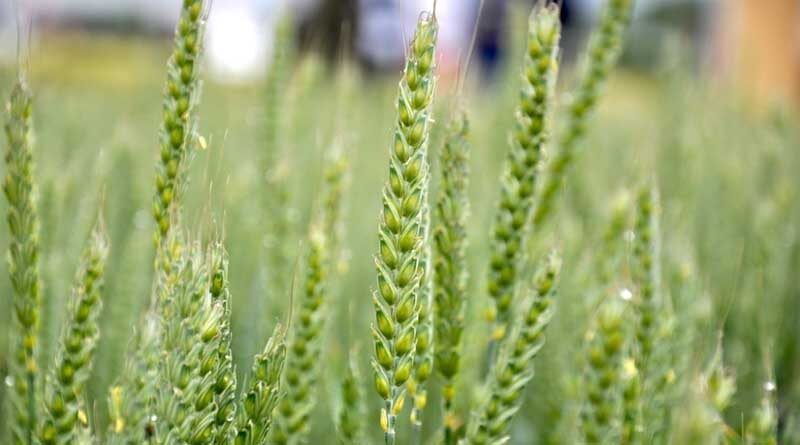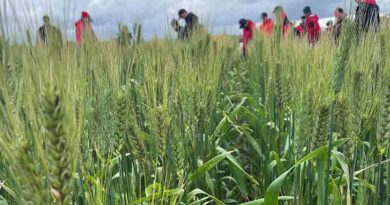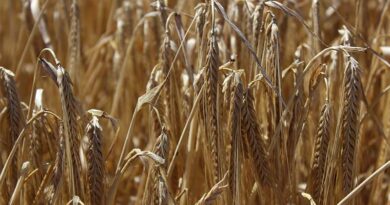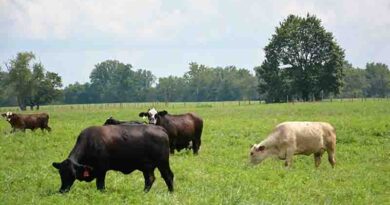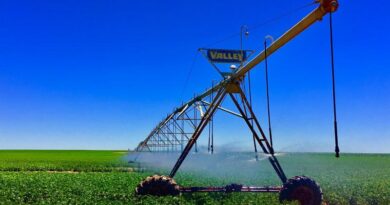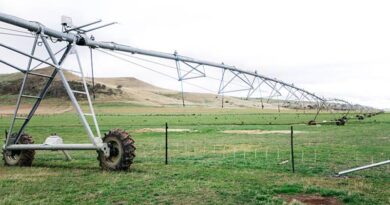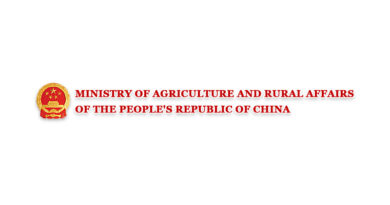Australia: Cropping market – November update
20 November 2021, Australia: The Elders Weather rainfall outlook suggests multiple cold fronts with the potential to bring widespread rain over southern and eastern Australia will start on 23 to 27 November, 5 to 9 December and again 18 to 22 December. In the west the strongest cold fronts are expected between 7 to 11 December, 16 to 20 December and again on 21 to 25 December.
From the field
Western Australia
“Growers are into harvest after a wet start, early results have shown some amazing yields for canola of between 2 to 3t/ha. However, there have been some isolated reports of severely frosted paddocks in the eastern wheat belt with dramatic reductions in yield in impacted paddocks.
“Crop planning for next year continues with high fertiliser prices and constraints on supply being front of mind, along with the availability of hybrid canola seed. Soil testing is becoming increasingly important to ensure fertiliser requirements are accurately calculated given the heightened cost heading into next season.
“Prolonged rainfall has led to the germination of weeds heading into summer which raises the topic of control methods given supply restrictions on key herbicides.” – Bill Moore, Elders Technical Services Manager, Western Australia.
South Australia
“Severe frost in the Mid North and Mallee in nearly every week of October, followed by patchy severe hail across the state in late October which continued into the Riverland the following week, has caused crop deterioration in some areas. Horticulture crops have had significant damage and crop loss from the hail throughout the state but primarily in the Riverland and Virginia. Broadacre crops were impacted to a lesser extent.
“Canola at maturity suffered crop losses from wind in some areas of up to 20 per cent (pc), with wind speeds in excess of 100km/hr causing shattering, varieties with the PodGuard traits have certainly benefited the growers.
“The recent rains have made herbicide desiccation of grain legumes a double knock approach to manage regrowth of sow thistles, prickly lettuce and other weeds, as the unusual cool weather for November has delayed the opportunity to harvest. Hay production and quality has also been affected. For those growers who have managed to harvest canola and lentils, yields have been average to above average, with both commodities fetching high prices, canola at $850+ per tonne and lentils at $1,000+.
“Looking ahead, the rain and cooler weather has increased some fungal issues and may discolour some cereal grain with the potential to cause a downgrade to feed, but hopefully temperatures will increase and return to normal in November. The season has a long way to go before grain growers can feel some relief, as some will not start harvest until well into December in the lower South East region.
“Growers in general are confident about the 2022 season with strong commodity prices but have concerns about fertilizer prices and other inputs which will require careful management.” – Lyndon May, Elders Technical Services Manager, South Australia.
The great disconnect between grower prices and international price
Nathan Cattle of Clear Grain Exchange (CGX) provides his thoughts on local markets.
Many Australian growers are rightly rejoicing in a season of strong yields and historically high prices. Despite many battling adverse harvest weather, hopefully the season leads to strong returns for farm businesses.
However, many grain analysts point out that current prices bid to growers are well below international values on an equivalent basis. The value of grain offered to the global market from other exporting countries are much higher than the grain values being bid to growers here in Australia.
In other words, grain prices bid to Australian growers are currently below export parity.
So what’s going on?
Bearish factors
- Buyers have some forward contracts on their books.
- Aussie harvest is confirming a large crop.
- Many growers are selling at current prices.
- Buyers are limited in how much they can buy now (funding constraints).
- Buyers are also limited in how much they can ship now (supply chain constraints).
Bullish factors
- Values bid to growers are well under export parity – prices from other exporting countries are above prices bid to Aussie growers on an equivalent basis.
- The full amount of grain to be exported from Australia this year has not yet been purchased from growers.
- Premiums are being paid for deferred delivery contracts in many areas.
- Australian exports of feed grains have grown significantly in recent years – this could help to underpin values of downgraded grain.
The outcome rests with Australian growers
We have a big crop and we need to move it offshore, however the world also needs Australian grain right now and grower prices are as low as they have ever been compared to our international competitors (export parity).
This means the selling behaviours of Australian growers is likely to have the largest impact on the price you receive.
Sell a lot quickly by hitting published bids and our prices will remain under pressure. Sell at a more moderate pace and offer grain for sale closer to export parity prices and grower values will likely be better supported.
Despite strong profits being a likely outcome for many growers this year, we may be missing an opportunity to fully capitalise on the set of circumstances we have at present given grower bids are well below export parity.
We should be aiming to maximise the war chest in your business, particularly with higher input prices for next year.
Clear Grain Exchange has a role to play
Clear Grain Exchange provides a tool for growers and their agents to have some control. The exchange allows them to offer grain for sale at their nominated price so all buyers can see it and try to buy it.
Australian grain values typically trade between export parity (export competitive price) and import parity (price required to import). However right now grain prices being bid to growers are well below export parity.
Let’s aim to ensure your grain sells closer to export parity and you’re getting its full value.

Market indicators


